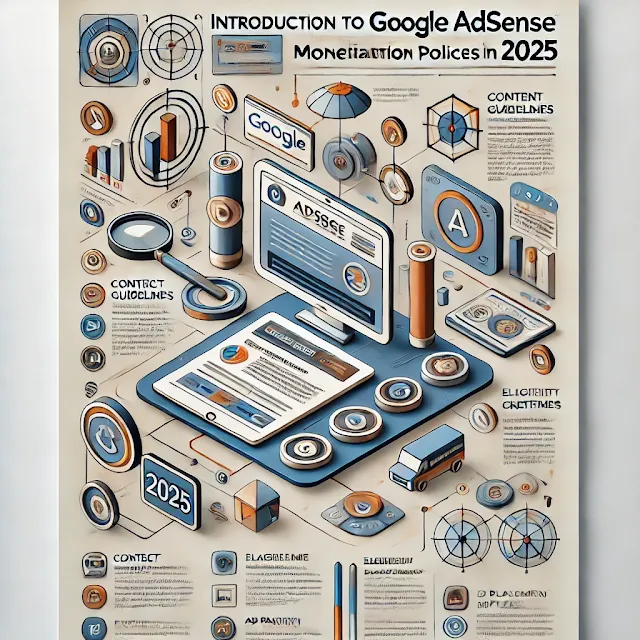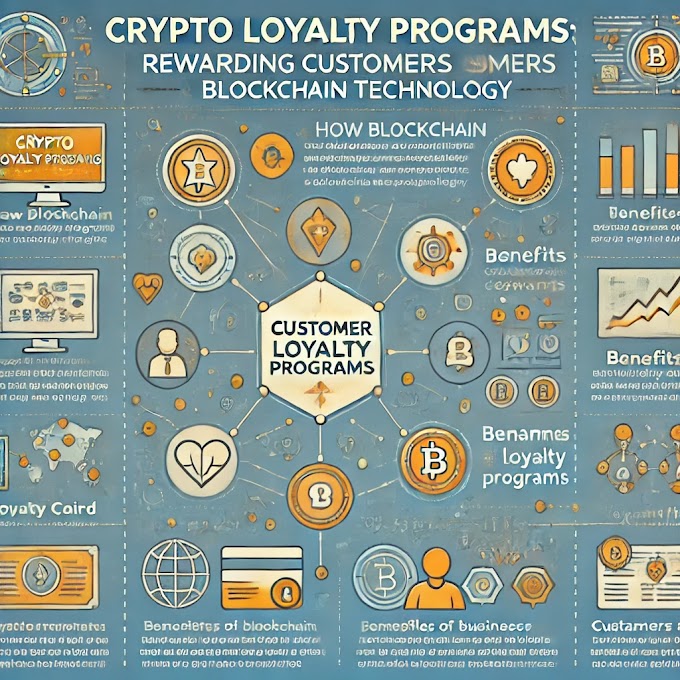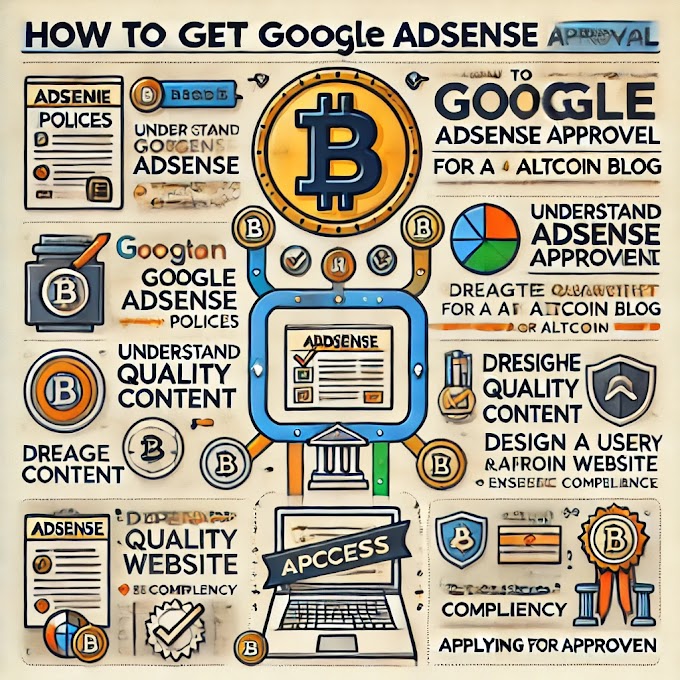Introduction to Google AdSense Monetization Policies in 2025
Google AdSense is a popular platform for monetizing online content, but it comes with a set of policies that publishers must adhere to. These policies are designed to ensure a positive user experience, protect advertisers, and maintain the integrity of the platform. In 2025, Google continues to evolve its policies to reflect technological advancements and user needs.
Key Policy Updates in 2025
1. Privacy and Disclosure Updates
As of February 16, 2025, Google has unified its publisher policies with existing privacy disclosures. This change removes specific clauses related to disclosure and data use, aligning them with broader platform policies1. This move aims to simplify and standardize how publishers handle user data and privacy disclosures.
2. AdSense for Search (AFS) Updates
In November 2024, Google updated its AFS policies to integrate Related Search for Auto Ads and Related Search for Content Pages as Product-Integrated Features (PIFs). These changes clarify how search queries can originate from user intent or specific AdSense features1.
3. Content Policies
Google's content policies remain strict, prohibiting monetization of illegal, explicit, or harmful content. Restricted content categories, such as sexual or shocking content, may receive limited advertising1.
General AdSense Policies
1. Prohibited Content
Illegal Content: Includes child abuse material, sexually explicit content, and intellectual property abuse.
Restricted Content: May receive limited ads, including sexual content, tobacco, and gambling6.
2. Ad Placement and User Experience
Ad Placement: Ads must not exceed content and must be placed in a way that does not incentivize clicks.
User Experience: Websites must provide a positive user experience, with fast loading speeds and clear navigation5.
3. Ad Serving Limits
Google limits ad serving to protect user experience and prevent overloading websites with ads. This helps maintain a positive user experience and ensures advertisers get value for their money4.
Strategies for Maximizing AdSense Revenue in 2025
1. Targeted Ad Placement
Long-Tail Keywords: Targeting specific keywords can increase ad relevance and CPC.
Interest-Based Ads: Enable ads that match user interests to improve ad engagement2.
2. Optimize for Mobile
Ensure your website is mobile-friendly, as mobile traffic accounts for a significant portion of web traffic5.
3. High-Quality Content
Create content that resonates with your audience and follows SEO best practices to drive organic traffic5.
4. Ad Formats
Use ad formats with high viewability and CTR, such as sticky ads or interstitials5.
In Short
In 2025, Google AdSense continues to evolve with updates aimed at enhancing user privacy, improving ad relevance, and maintaining a high-quality user experience. Publishers must stay informed about these changes to maximize their revenue while adhering to the policies. By focusing on targeted ad placement, mobile optimization, and high-quality content, publishers can effectively monetize their online presence using AdSense.
What are the key changes in AdSense policies for 2025?
In 2025, Google AdSense has introduced several key changes to its policies, reflecting advancements in technology, privacy regulations, and user experience enhancements. Here are the main updates:
1. Privacy and Data Processing Updates
Compliance with New US State Privacy Laws: Google AdSense is updating its data processing terms to comply with new privacy laws in Iowa, Delaware, New Jersey, Nebraska, and New Hampshire, effective January 2025. These laws require enhanced transparency and consumer control over personal data34.
Restricted Data Processing (RDP): RDP will be expanded to these states, allowing publishers to limit data sharing for ad targeting without user consent, ensuring compliance with state-level regulations3.
2. AdSense for Search (AFS) Policy Updates
Product-Integrated Features (PIFs): Updates include making "Related search for Auto ads" and "Related search for content pages" into AFS PIFs. This change clarifies how search queries can originate from user intent or specific AdSense features2.
Search Query Policies: Policies now specify that search queries must come from clear user intent, such as direct user input or AdSense product-integrated features2.
3. Content and Ad Placement Policies
Prohibited and Restricted Content: Google continues to prohibit illegal and explicit content while restricting advertising on certain topics like tobacco and gambling6.
User Experience: Websites must maintain a positive user experience with fast loading speeds and clear navigation. Ad placement must not incentivize clicks or overload content6.
4. Approval and Eligibility Updates
While specific updates to approval processes are not detailed, staying compliant with the latest policies is crucial for maintaining eligibility and avoiding issues with monetization15.
5. Payment Structure Changes
There have been announcements regarding changes in the payment structure for publishers and advertisers, though specific details are not widely disclosed8.
These updates aim to enhance user privacy, improve ad relevance, and maintain a high-quality user experience across the AdSense platform.
What are the new privacy-enhancing technologies mentioned in the AdSense
In the recent AdSense updates, Google has emphasized the integration of Privacy-Enhancing Technologies (PETs) to enhance user privacy while maintaining effective advertising practices. The key PETs mentioned include:
1. On-Device Processing
Description: This technology processes data locally on users' devices, reducing the need to transmit personal data to servers. It allows for personalized experiences without exposing sensitive information.
Use in AdSense: Enables brands to activate first-party data securely, providing tailored ad experiences without re-identifying users12.
2. Secure Multi-Party Computation (MPC)
Description: MPC allows multiple parties to jointly perform computations on private data without revealing their inputs. This is useful for ad measurement and reporting without compromising user privacy.
Use in AdSense: Facilitates secure collaboration between parties to analyze data without exposing individual user information34.
3. Trusted Execution Environments (TEEs)
Description: TEEs are secure environments within a device's processor that protect sensitive data and code from unauthorized access. They ensure that data processing occurs in a trusted and isolated environment.
Use in AdSense: While not explicitly detailed in AdSense updates, TEEs are mentioned alongside other PETs in broader Google policies, indicating their potential role in enhancing privacy6.
4. Differential Privacy
Description: This technique adds noise to datasets to prevent individual data points from being identified. It helps protect user privacy while allowing for data analysis and insights.
Use in AdSense: While not directly mentioned in recent AdSense updates, differential privacy is a common PET used in various privacy-focused initiatives to ensure data remains anonymized34.
These technologies are crucial for balancing user privacy with the need for personalized advertising, ensuring that AdSense remains compliant with evolving privacy standards.
What is secure multi-party computation and how is it used in PETs
What is Secure Multi-Party Computation (SMPC)?
Secure Multi-Party Computation (SMPC) is a cryptographic method that allows multiple parties to jointly compute a function over their private inputs while ensuring that no party learns anything about the other parties' inputs beyond what can be inferred from the output. This technology is designed to preserve privacy and security during collaborative computations, even in untrusted environments123.
Key features of SMPC include:
Input Privacy: Ensures that private data remains confidential throughout the computation process.
Correctness: Guarantees that the computed result is accurate without revealing individual inputs.
No Trusted Third Party: Eliminates the need for an intermediary, as computations are performed securely through cryptographic protocols.
How SMPC Works
SMPC relies on techniques such as:
Encryption: Inputs are encrypted, and computations are performed on encrypted data.
Secret Sharing: Data is split into "shares" distributed among participants, ensuring no single share reveals meaningful information.
Protocols: Cryptographic protocols like Shamir's secret sharing or additive secret sharing enable secure computation of functions like addition or multiplication23.
Applications of SMPC in Privacy-Enhancing Technologies (PETs)
SMPC plays a critical role in PETs by enabling privacy-preserving data processing across various domains:
Advertising and Analytics
SMPC allows advertisers and publishers to measure campaign performance without sharing raw user data. For example, it can calculate aggregate metrics like click-through rates while ensuring user privacy13.
Machine Learning
SMPC enables collaborative training of machine learning models using data from multiple sources without exposing sensitive information. This is particularly useful in healthcare and finance, where data privacy is paramount36.
Data Sharing
Organizations can securely collaborate on shared datasets without revealing proprietary or sensitive information, fostering trust in partnerships56.
Encryption Key Management
SMPC can generate and manage encryption keys securely, ensuring that no single entity has full control over sensitive keys6.
Regulatory Compliance
By minimizing data exposure, SMPC helps organizations comply with privacy regulations such as GDPR and CCPA, reducing risks associated with data breaches45.
In summary, Secure Multi-Party Computation is a cornerstone of modern Privacy-Enhancing Technologies, enabling secure and private collaboration across industries while addressing growing concerns about data privacy and security.
What are some real-world applications of secure multi-party computation
Secure Multi-Party Computation (SMPC) has numerous real-world applications across various industries, enabling secure and private collaboration on sensitive data. Below are some key use cases:
1. Healthcare Data Analytics
SMPC allows healthcare providers and researchers to collaboratively analyze sensitive patient data without compromising privacy. For example:
Hospitals can jointly study disease trends or treatment outcomes by pooling data securely.
Pharmaceutical companies can conduct privacy-preserving clinical trials13.
2. Machine Learning and Artificial Intelligence
SMPC enables training machine learning models on distributed datasets without exposing the underlying data. This is particularly valuable for:
Federated learning, where organizations like banks or hospitals train AI models collaboratively while keeping their proprietary data private.
Protecting intellectual property, such as algorithms or sensitive datasets, during model training132.
3. Financial Services
SMPC is widely used in finance to compute metrics and perform analyses securely:
Banks can assess the risk of loan portfolios collaboratively without exposing individual customer data.
Secure auctions and benchmarking allow financial institutions to share insights without revealing sensitive information34.
4. Intelligent Vehicles and Swarm Robotics
Autonomous vehicles can use SMPC to share road condition data or driving analytics anonymously, enabling safer navigation and better traffic management.
Swarm robotics, such as drone fleets or robotic systems, can collaborate securely in real-time without exposing proprietary control algorithms1.
5. Government and Public Sector
SMPC is applied in secure voting systems to ensure votes are counted accurately while preserving voter anonymity.
Census data aggregation can be performed securely, ensuring individual privacy while generating population insights3.
6. Telecommunications
SMPC helps analyze network usage patterns and user behavior while maintaining individual privacy. This is critical for improving services without violating user trust3.
7. Encryption Key Management
SMPC enhances encryption key management by splitting keys among multiple parties, ensuring no single entity has full access. This strengthens security for encrypted databases and sensitive systems24.
8. Economic Research and Social Studies
SMPC has been used in studies like Boston University’s analysis of economic opportunities for minority-owned businesses, where sensitive business data was analyzed securely without exposing individual inputs56.
In Short
SMPC is a transformative technology that balances privacy with collaborative computation, making it essential for industries handling sensitive data. Its applications span healthcare, finance, AI, government, and more, demonstrating its versatility and growing importance in a privacy-conscious world.







